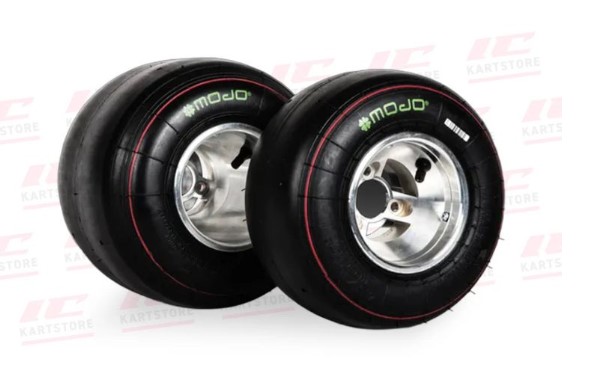In the world of high-speed motorsports, every detail counts, especially the interaction between a vehicle and the track surface. One often-overlooked yet critical factor is the choice of kart tyres, which significantly influence performance, handling, and safety. From amateur enthusiasts to professional racers, understanding the science behind tyre compounds is essential for maximising grip, stability, and cornering efficiency in racing karts. Tyre technology is not just about rubber; it combines chemistry, physics, and material science to create the optimal balance between durability and adhesion.
Understanding Tyre Compounds
Types of Tyre Compounds
Tyre compounds are mixtures of rubber, fillers, and additives that determine how the tyre performs under different conditions. Soft compounds are designed to maximise grip by increasing the tyre’s contact with the track, but they wear faster. Hard compounds, on the other hand, offer greater durability but lower grip levels. Manufacturers often tailor compounds specifically for wet or dry conditions to provide consistent performance regardless of weather.
Wet tyres incorporate grooves and specialised rubber blends to displace water and prevent hydroplaning. Dry tyres, or slicks, rely on maximum surface contact to provide superior traction. Understanding these variations helps drivers and teams choose the right tyres for track conditions, ensuring safety while maintaining competitive lap times.
The Role of Temperature
Temperature is another critical factor affecting tyre performance. Rubber compounds become softer at higher temperatures, increasing grip but also accelerating wear. Conversely, low temperatures make tyres stiffer and less adhesive, reducing traction. Drivers must therefore consider both the ambient and track temperature when selecting tyre compounds. Pre-heating tyres before a race, a common practice in competitive racing karts, helps achieve optimal performance from the start.
How Tyre Design Impacts Grip
Tread Patterns and Surface Contact
The design of a tyre tread plays a significant role in maintaining grip. Slick tyres provide maximum contact on dry surfaces, while wet tyres feature grooves that channel water away from the contact patch. The shape, depth, and distribution of these grooves influence how effectively the tyre maintains traction. Even minor adjustments in tread design can dramatically alter handling and cornering stability.
Sidewall Flexibility
Tyre sidewalls contribute to overall grip by absorbing lateral forces during cornering. Flexible sidewalls allow tyres to conform to track irregularities, maintaining consistent contact and improving cornering speed. Stiffer sidewalls provide more precise handling but can reduce the tyre’s ability to absorb bumps and maintain adhesion on uneven surfaces. Tyre engineers carefully balance sidewall stiffness with compound characteristics to optimise performance for different racing karts categories.
Material Science Behind Modern Tyres
Modern kart tyres are more than simple rubber; they are engineered composites. Carbon black and silica fillers enhance durability and traction, while polymer blends improve flexibility. Additives such as resins and oils modify the compound’s thermal response and elasticity, allowing tyres to perform consistently across varying conditions. Advanced manufacturing techniques, including precision moulding and curing processes, ensure uniformity and reproducibility, crucial for competitive racing.
Choosing the Right Tyres
Selecting the right tyre is a combination of understanding track conditions, driver style, and vehicle dynamics. Softer compounds may suit technical tracks with tight corners, while harder compounds excel on high-speed circuits with long straights. Monitoring tyre wear and performance during practice sessions allows teams to make data-driven decisions, balancing speed and durability.
Tyre Maintenance and Longevity
Proper tyre care extends lifespan and ensures consistent performance. Regular inspection for cuts, wear, and temperature-induced damage is essential. Rotating tyres and maintaining correct pressure helps optimise contact with the track and prevents premature degradation. Drivers and mechanics must also consider environmental factors, as humidity and surface abrasiveness can accelerate wear.
Conclusion
The science behind tyre compounds is a cornerstone of competitive racing karts. By combining material science, engineering, and careful observation, drivers can maximize grip, improve handling, and enhance overall performance on any track. Choosing the right tyres is not just about speed but precision, consistency, and safety, making it a fundamental aspect of karting strategy.
